Rediscovering the Forgotten Benefits of Drawing
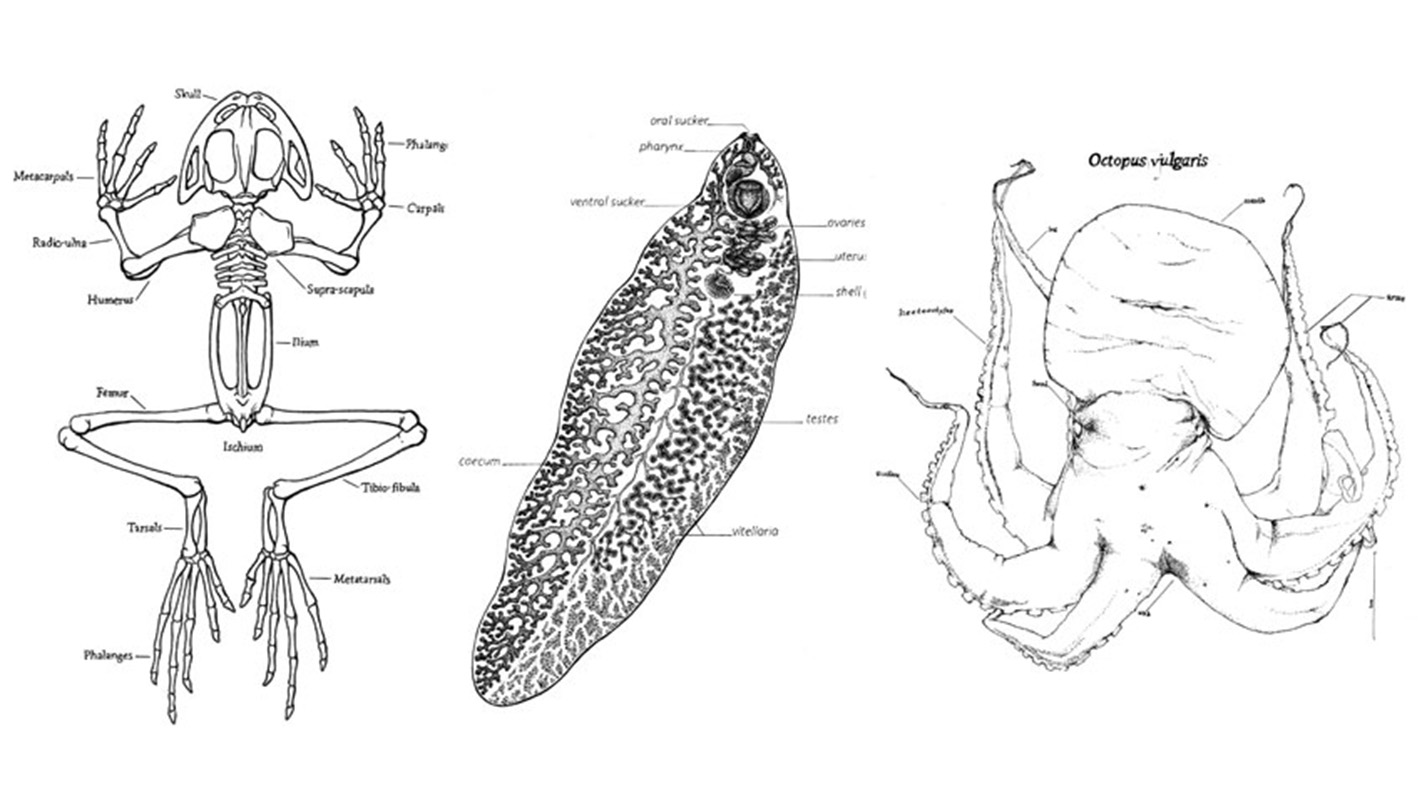
Editor’s Note: This is a guest post by Jennifer Landin, an assistant professor of biological sciences at NC State. The post first appeared on the Symbiartic blog at Scientific American.
Over a century ago, the ability to draw was a necessity. No cameras, printers, copiers, or online images – if you wanted to convey information visually, you had to do it yourself.
Drawing lessons were standard in school curricula. Teachers had to pass tests in essential subjects like arithmetic, history, and… drawing. College students studying biology were required to take a daily drawing class their freshman year. Why? To “learn to observe”‡.
Of course, things changed. The camera generated perfectly accurate forms. New-fangled mimeograph machines allowed teachers to sketch an image and copy it for all their students to label. What time-savers! And with more students streaming into schools during the Efficiency Movement Era, these tech tools eliminated the need for time-intensive drawing lessons.
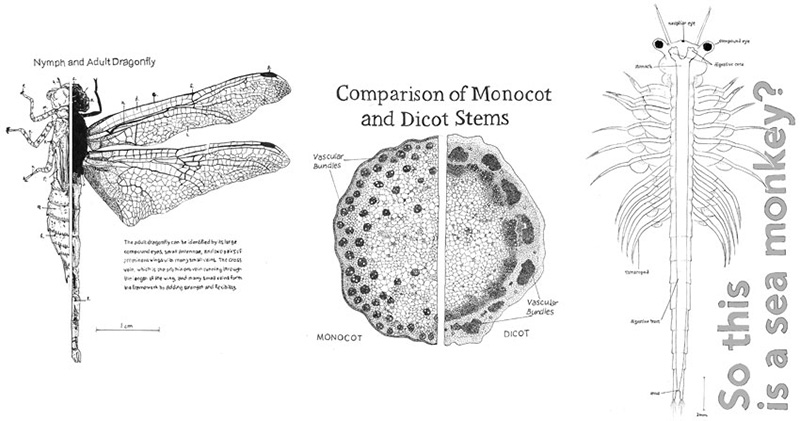
Product Versus Process
In the 1920s and 1930s, as drawing was eradicated from public school programs, people cheered. No more long, drawn-out (sorry for the pun) lessons on form, accuracy and detail. The product could be prepared in advance, and students would not waste class time practicing outdated drawing techniques.
What a mistake.
The powers-that-be failed to examine the value of the drawing process. This was my realization as I created a new kind of biology class, one that incorporated illustration.
A New Take On An Old Course
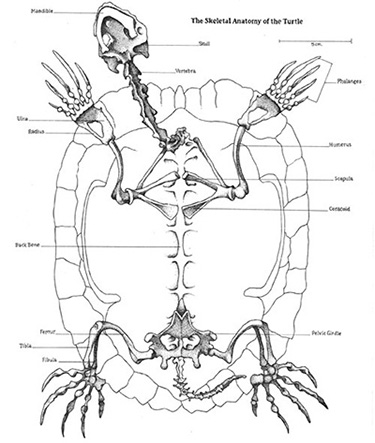
Biological illustration courses are not new. They’re taught in art colleges all over the world. My course, though, is a biology class.
Creating a high-quality scientific illustration requires a thorough understanding of biological processes, anatomy, and structural diversity. A major part of learning to identify birds, insects or plants is knowing the key structures to focus on. Comparing limb bones among vertebrates requires an understanding of skeletal anatomy and evolutionary shifts. Biological illustration requires biological knowledge.
But knowledge isn’t enough; if it were, anyone graduating with a biology degree could recreate Audubon’s bird portraits or Leonardo’s anatomical figures. Observation skills are crucial. The abilities to see without bias and to focus on detail and pattern require training, not talent.
Drawing is merely making lines and dots on paper. If you can write your name, you can draw. But we all take shortcuts when we see; often our brains fool us, and we skip over most visual details. Since some species of dragonfly can only be distinguished from others by the vein patterns in their wings, skipping details is not an option. If you wish to differentiate fir and spruce trees, look carefully at how the needles attach to the twig. It’s all there – if you just look closely and precisely.
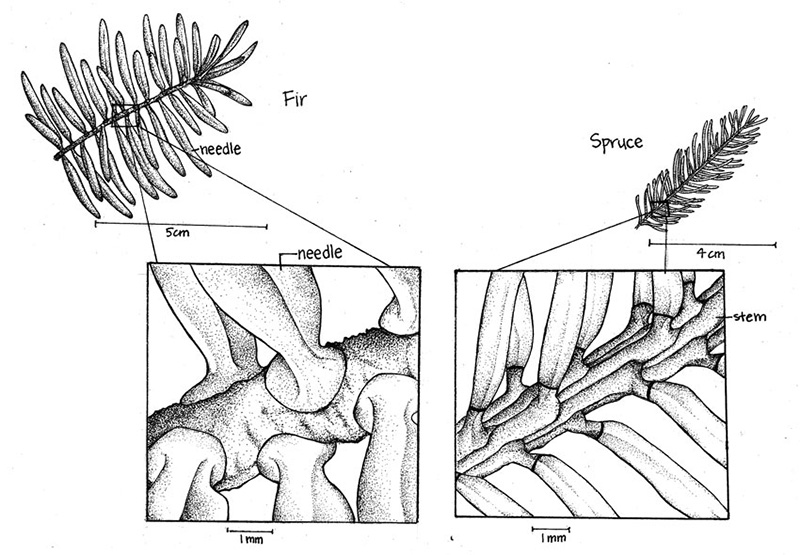
The Results
In my class, we combine biological knowledge and observational skills each week. After covering a topic in lecture, students then select their own specimens to illustrate during the lab/studio time.
The results are spectacular. Students love it, feel engaged and involved, and take pride in their work – not because it’s worth a grade, but because they struggle, push themselves, and end up with a brilliant payoff.
We display exhibits of student work in museums around the state. And I receive emails from past students regarding the value of the course. One student, now in medical school, aced skeletal anatomy due in part to her thorough illustration of bones. Another student found that her Dental Admission Test (DAT) mental rotation scores increased substantially after the class. Some students are using what they’ve learned to teach others about biology and drawing. Even art students apply their new knowledge to delve deeper into creature design, nature-inspired patterns and nature-inclusive works of art.
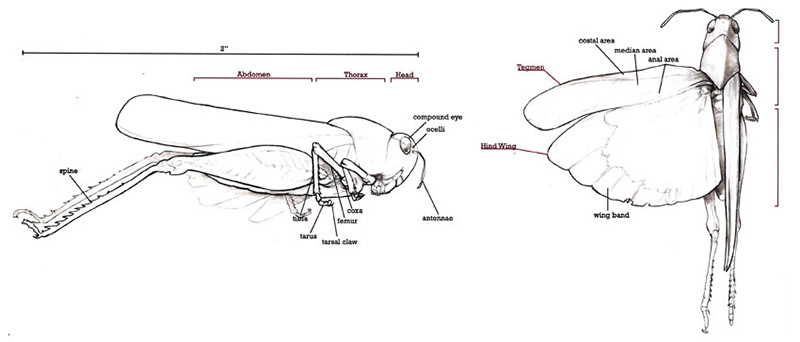
Three Snags
So biological illustration has exceeded my original goals for improving biological knowledge and observational skills. But I did run into some unexpected snags – like math.
One of my students, Sam*, struggled with proportions. He didn’t understand that 1:2 and 3:6 are proportionally equal. As a result, he could only draw things life-size. I tried following his thought process and showed him the very fat stick bug that resulted. I made enlargements and reductions of pictures had Sam measure them. When I asked Sam to do the math, he ran through the equations fine. But he couldn’t apply that knowledge. Other students fought to understand angles, percentages, units and scale bars.
The second snag was writing. Communicating scientific ideas can be challenging for the most seasoned writer, especially when limited by word count. Melina*, for example, was so excited about the cool biological information she learned that she wanted to share every detail. She wrote over a thousand words explaining the differences between two insects. The essay contained words like “hemolymph” and “sensilla”. Tiny words wrapped around the insects’ wings and down the page in two overflowing columns. Over the years, I had encouraged students to research more about their specimens. But that research resulted in massive amounts of text, often overpowering the illustrations.
And the last snag – psychology. When producing a biological illustration, the drawing (all by itself) must convey information quickly and clearly. So an illustrator must anticipate viewer preconceptions, expectations and limitations (a User-Centered Design approach). When my students research and examine their specimens, they become experts in their chosen topic. Unfortunately, becoming an expert often results in forgetting how it feels to be a beginner.
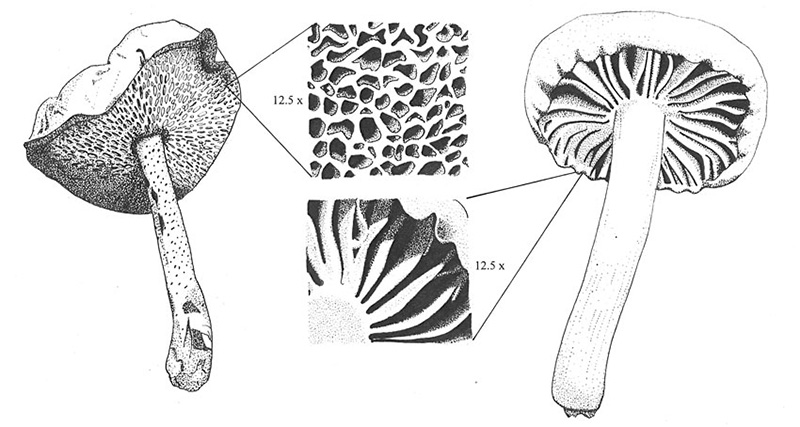
Embracing The Unexpected
My students’ difficulties with math, writing and psychology seemed overwhelming at first (“How am I supposed to teach biology, illustration AND these topics too? I don’t have enough time in the semester for all of this!”). My first solution was to ignore the problems.
Of course, the problems didn’t go away. And now that I was aware of them, I saw more and more of my students encountering the same obstacles.
Then I realized what those educators in the 1930s had missed. The goal of my biological illustration course is not the product, it’s the process. The power of my course is in its interdisciplinary nature – not just because it combines biology and illustration, but because it forces students to recognize their own weaknesses in a whole array of knowledge and skills. Real life isn’t neatly divided by subject.
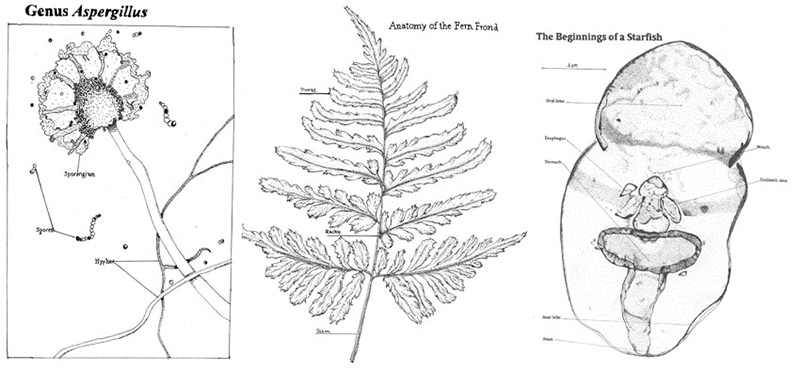
I expect the same work from my students (albeit simplified) that professional biological illustrators do. Professionals can’t ignore scale bars because they don’t understand real-world unit conversions. Professionals have to use User-Centered Design and communicate effectively. For each job, biological illustrators must identify their own weaknesses, whether it be an illustrative technique or understanding of the subject, and then strive to overcome those weaknesses by educating themselves.
So, I began adding small math tutorials for students grappling with proportions or scale bars. I devoted an entire lab period to research, writing, and User-Centered Design. I embraced the unexpected snags to create a more holistic learning environment. And, hopefully, I showed my students that struggling results in growth, making mistakes shows we’re trying, and embracing the unexpected is necessary for success.
In my experience, drawing in biology class develops observation skills and cements understanding of biological concepts. More importantly, when we draw, we see the things we’d otherwise overlook. Especially when what we overlook is the value of a skill we dismissed almost a century ago.
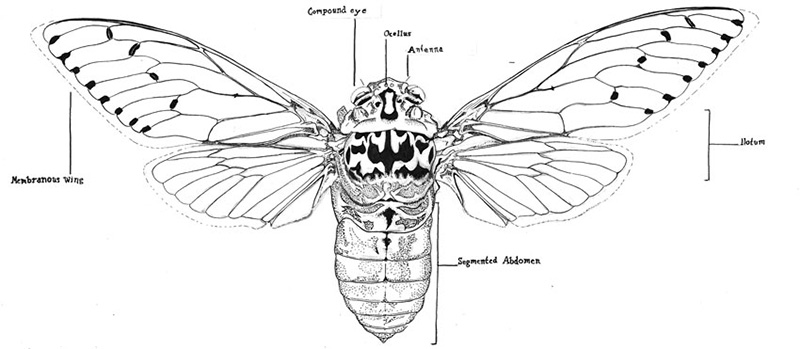
* Names have been changed
‡ Catalogue of the NC College of Agriculture and Mechanic Arts, 1890
- Categories:


